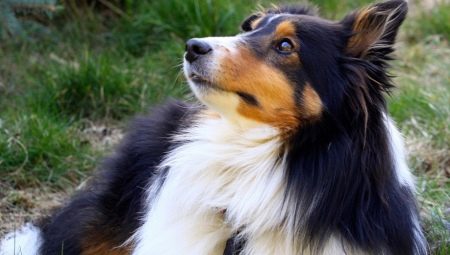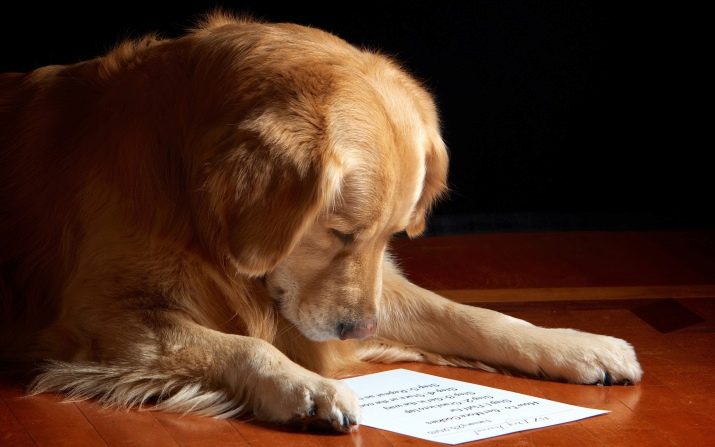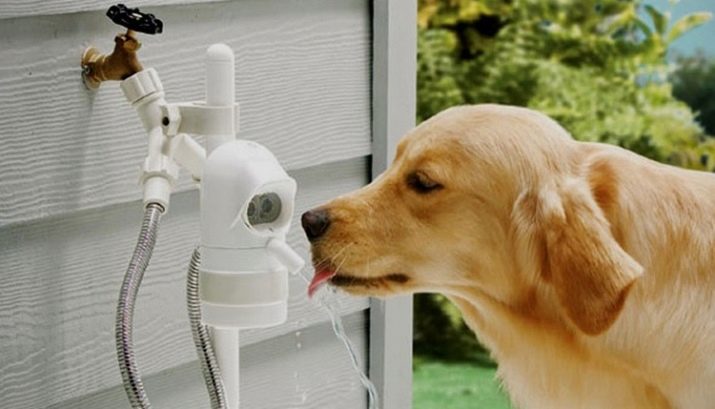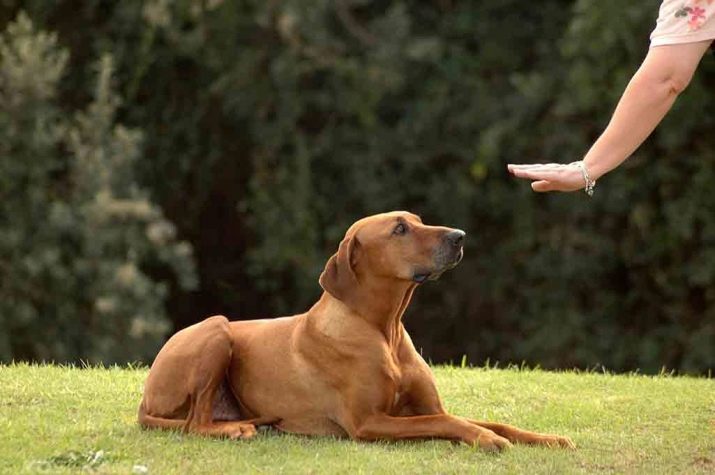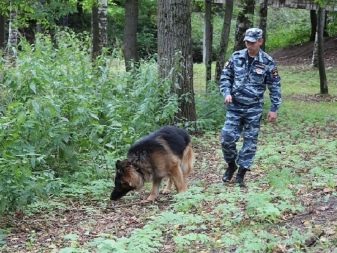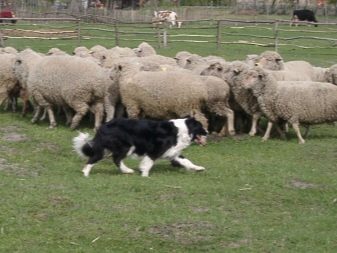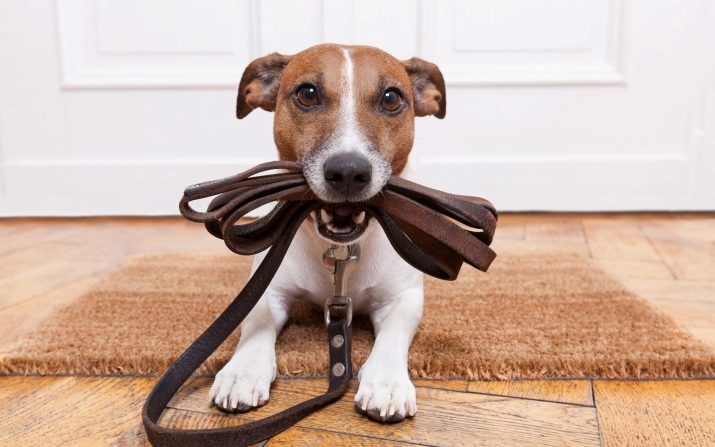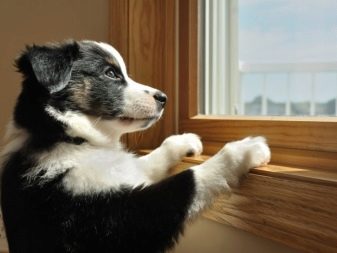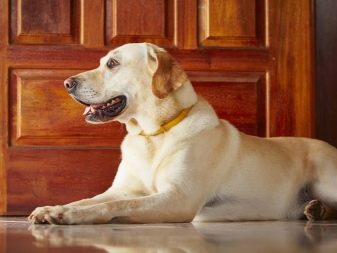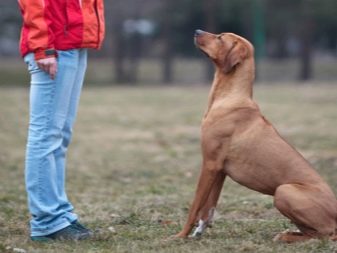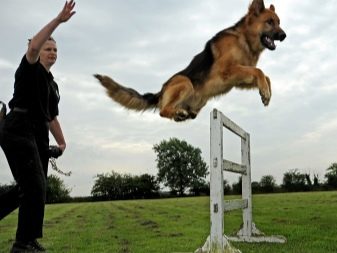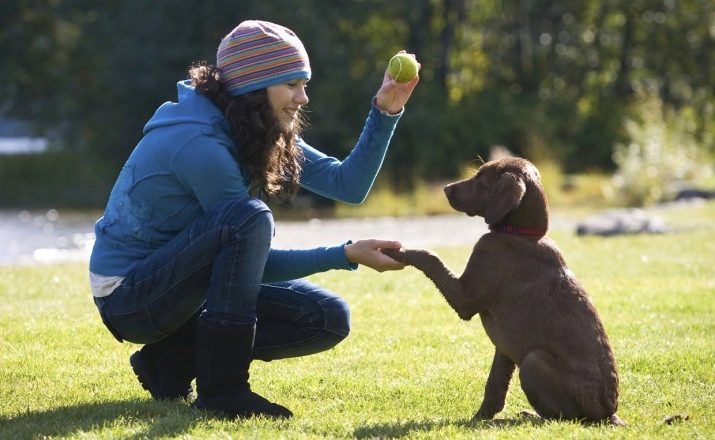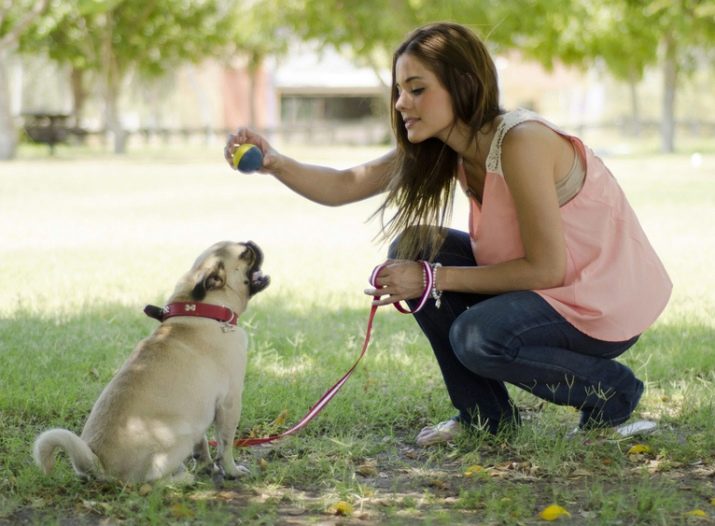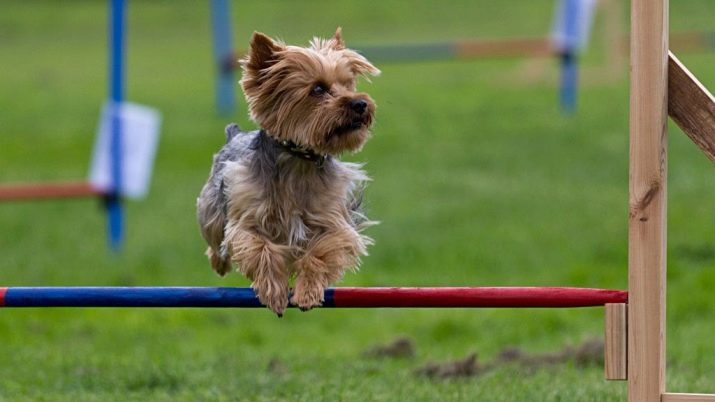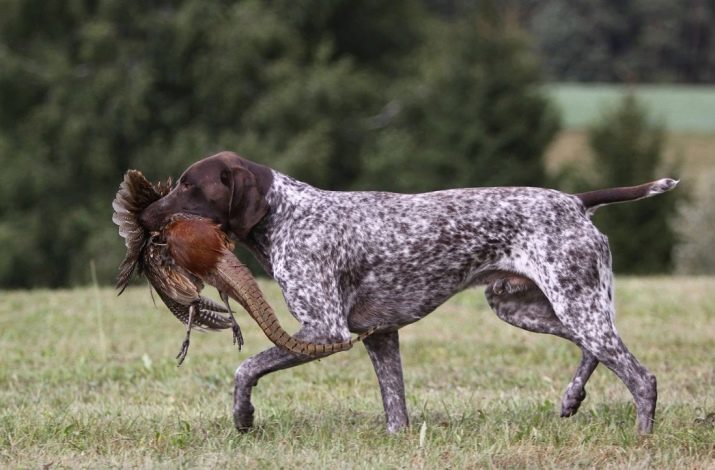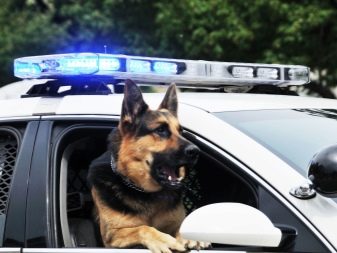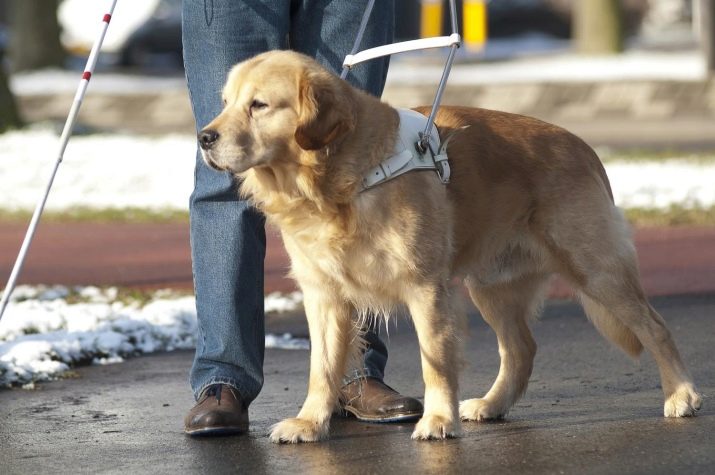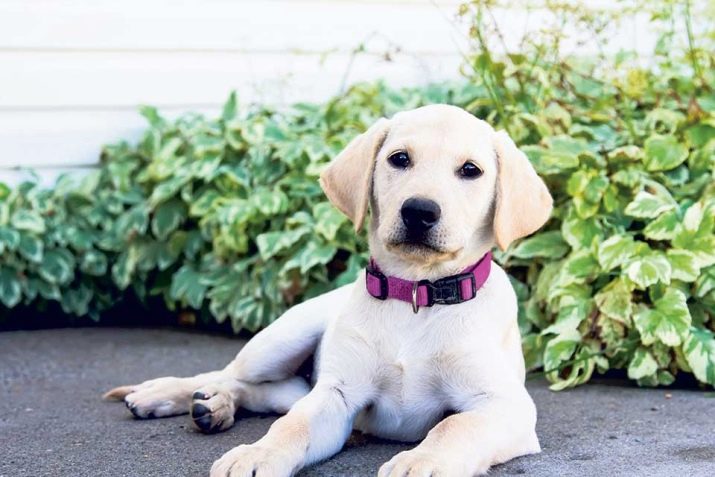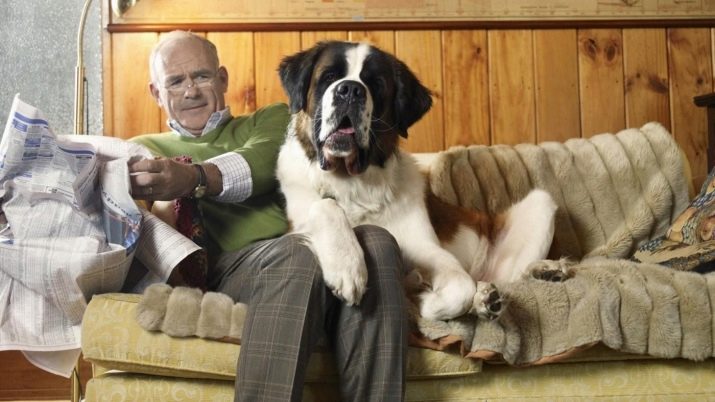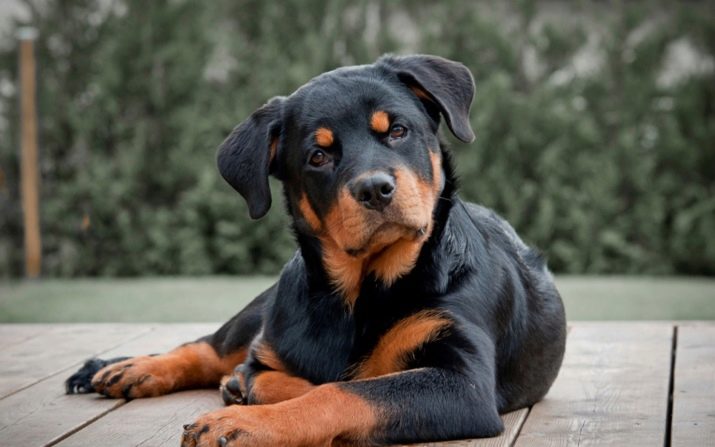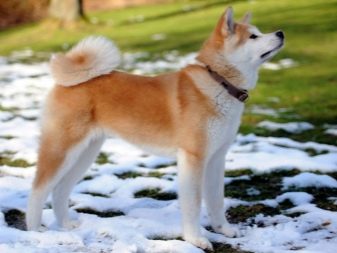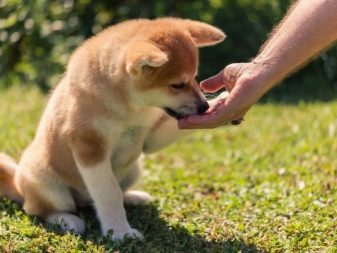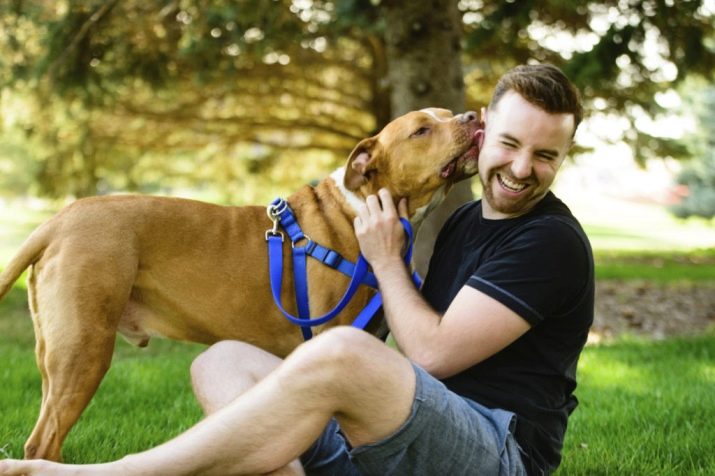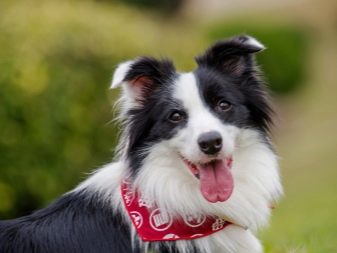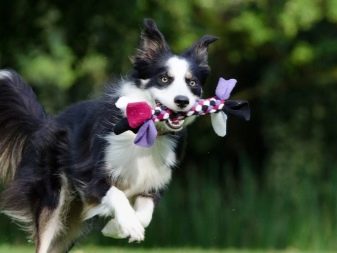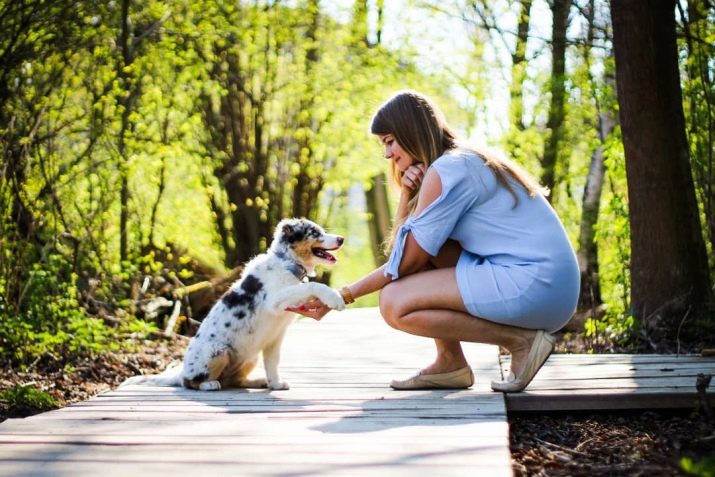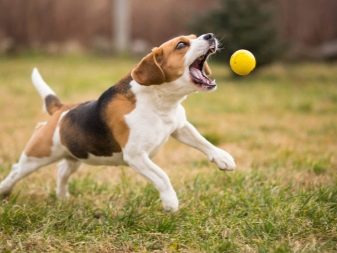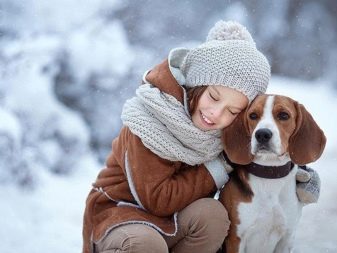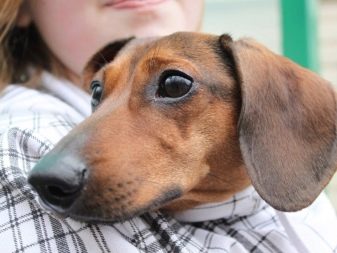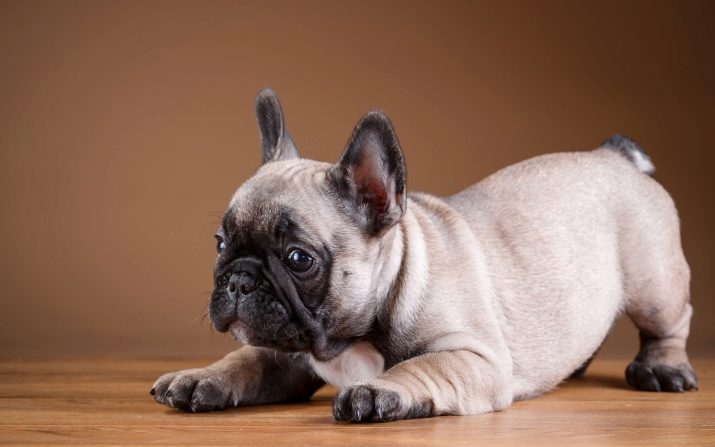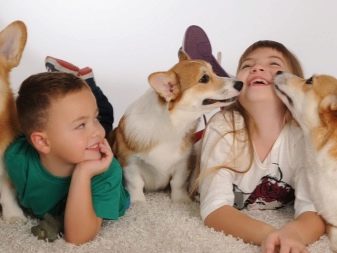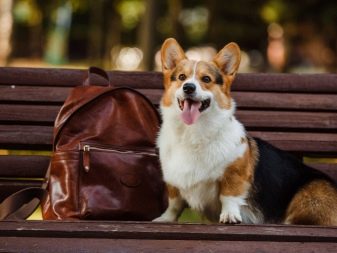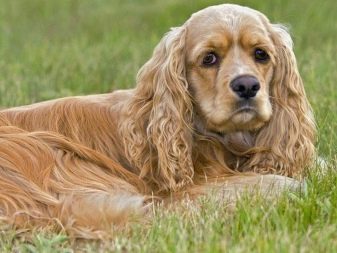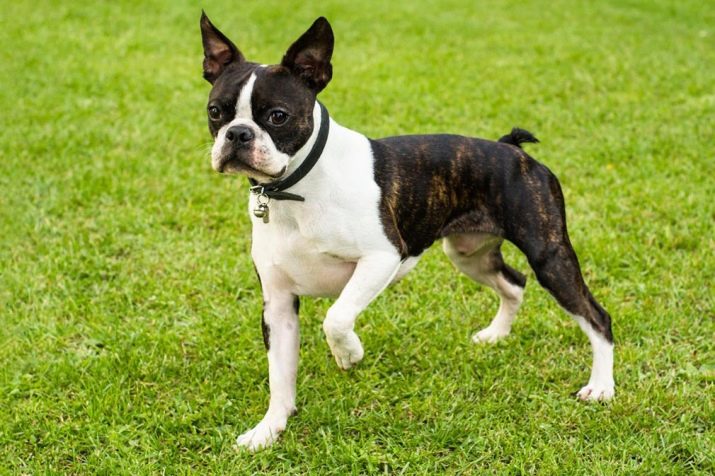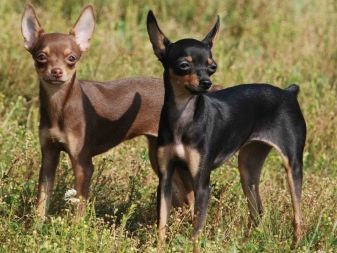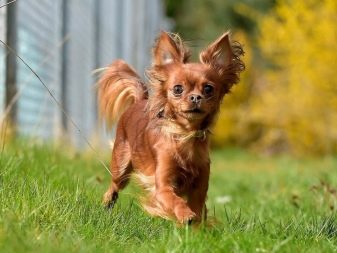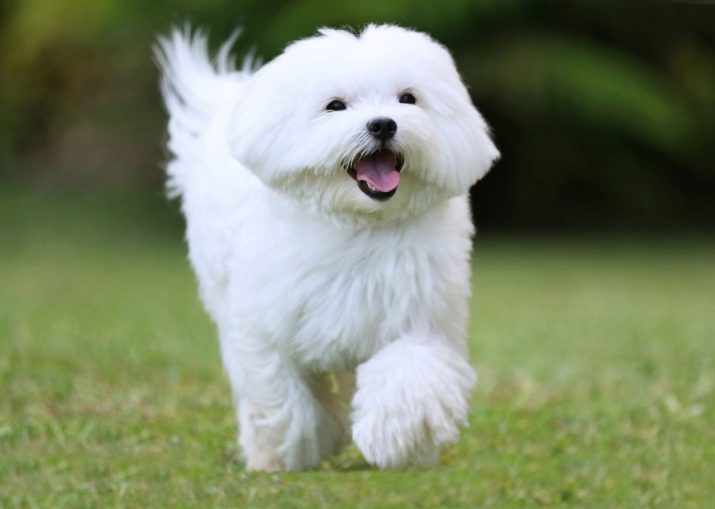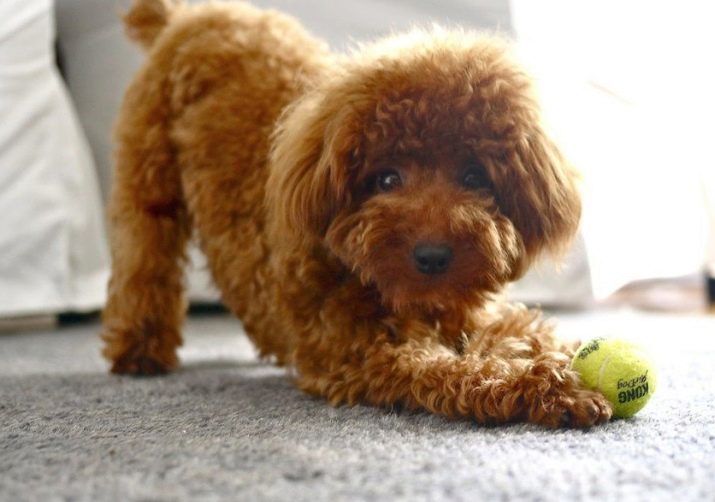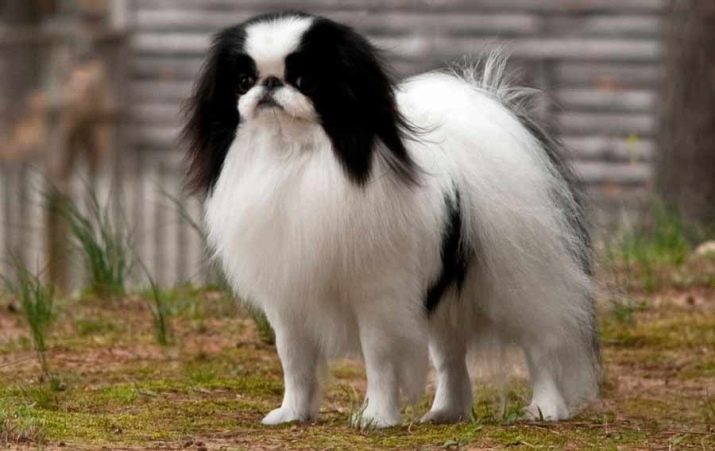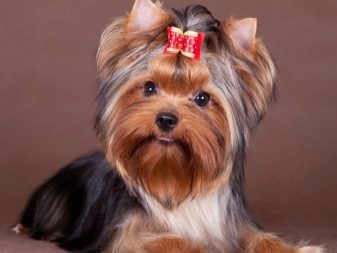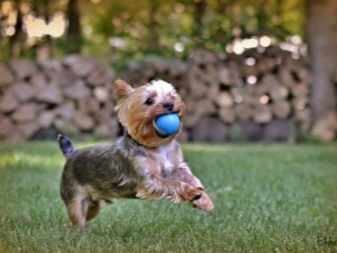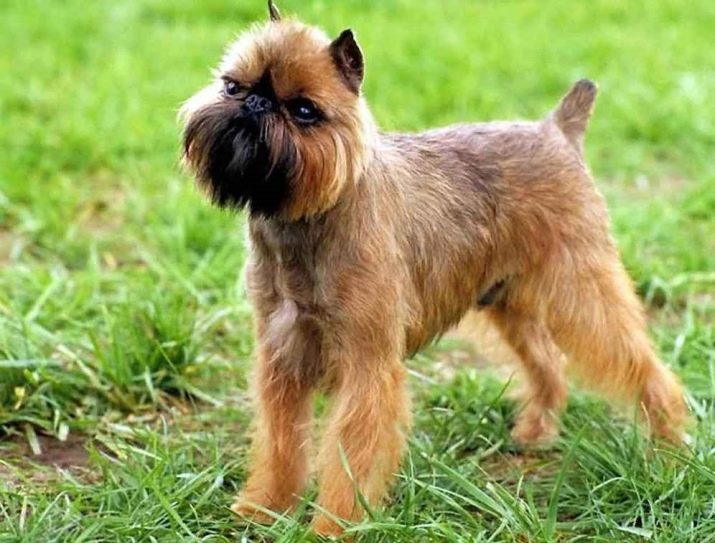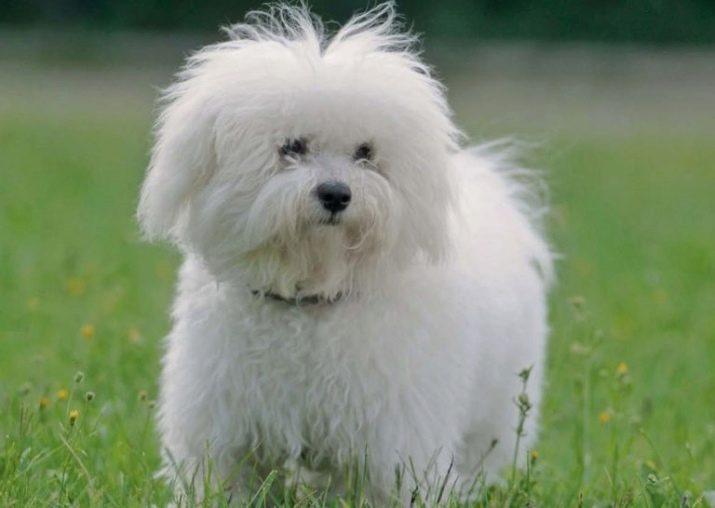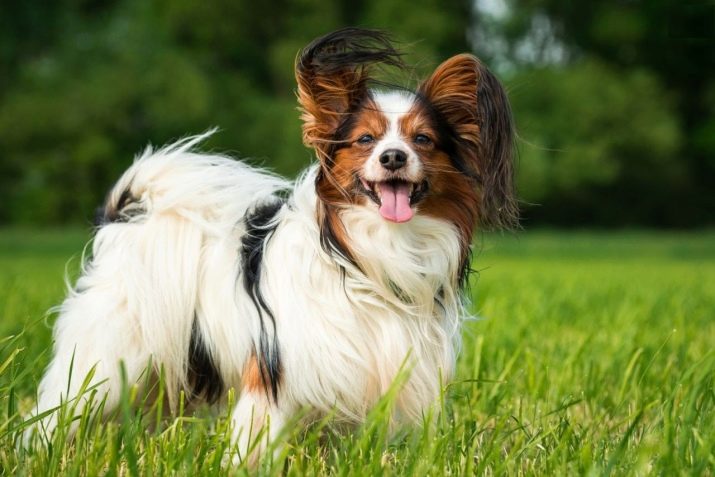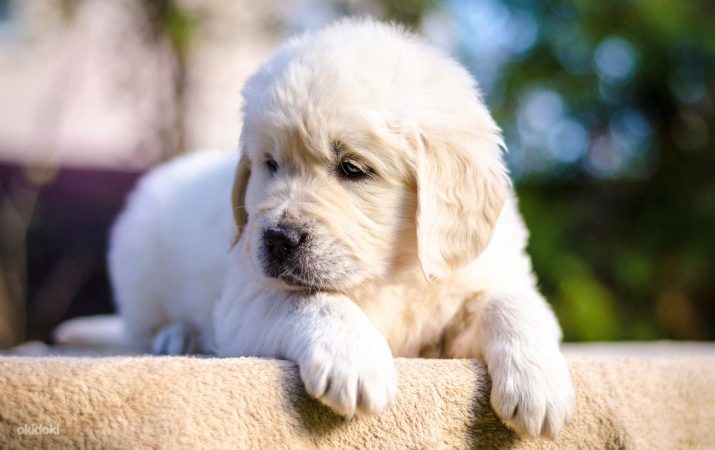Dogs from ancient times went hand in hand with people and were involved in many areas of their activities. From time immemorial, these amazing animals are considered the most faithful and devoted friends of man and often amaze their owners with a sharp mind, sense of humor and high intelligence. Moreover, many owners are inclined to believe that their pets can not only understand a huge number of words, but also literally read minds.
Features of intelligence
The question of dog intelligence for a long time does not give rest to many scientists. For example, the famous American psychologist Howard Gardner believed that dogs have several types of intelligence. And Stanley Coren, a Canadian professor of psychology at the University of Vancouver, singled out and gave a scientific substantiation to at least three of them.
- Adaptive intelligence responsible for the ability of the animal to receive and memorize a certain amount of information and for its ability to solve various kinds of problems using past experience. Thanks to this kind of intelligence, the dog adapts to its environment and acquires the ability to survive in the circumstances.
- Intellect of obedience, which is often called the working intellect, gives the dog the opportunity to understand and execute a number of commands. The criterion for evaluating this type of intellect is the duration of the animal's attention and its ability to change the form of behavior in case the command execution is not awarded, and the handler requires something different from the pet.
- And finally innate or instinctive type of intelligence, in varying degrees, present in all dogs and determining their behavioral characteristics laid down at the genetic level. An example would be the ability of terriers to climb into the holes, shepherds - to accurately take the trail, and the collie - to engage in sheep herding.
Later Koren proved that All 3 types of intelligence together form the overall intelligence of the animal.which determines the ability of a dog to learn, perceive and memorize information, as well as to independent brain activity and situational behavior.
Even Aristotle was convinced that the mental abilities of a dog are a more simplified and weak model of human intelligence. The philosopher argued his belief that dogs, like people, are capable of learning, storing information and using previous experience to solve current problems. However, for theological reasons, his theory did not receive proper development, as clergymen did not want to come to terms with the presence of a soul in dogs, as an integral component of intelligence.
Much later, at the beginning of the 20th century, the Russian physiologist I. Pavlov also tried to find an answer to the question about the presence of intelligence in dogs. However, on the basis of experiments, he concluded that many things that are perceived by man as the high mental abilities of a pet, in fact, are nothing but automatism. For example, the well-known experience of reinforcing conditioned reflexes showed that the extremely high ability of animals to memorize daily repetitive behavioral programs is often perceived as the result of the higher intellectual activity of dogs.
Thus, in one experiment, food was offered to animals at the same time for several weeks.Then, one day, the breakfast was deliberately delayed, however, exactly 20 seconds before the desired time, the animals began to have a copious salivation, peculiar to them while waiting for food. The scientist ranked this phenomenon as automatism, which has nothing to do with the intellectual abilities of the dog.
The ability of many pets to show joyful anxiety half an hour before the owners return from work, which is also perceived by many owners as a manifestation of intelligence, is similarly explained.
However, in the second half of the twentieth century. Stanley Koren carried out tremendous work on collecting and systematizing information about situational behavior, learning and using the accumulated experience of many dog breeds, from which the cynologist made reasoned conclusions about their intelligence. The main reason for his presence was the fact that in many situations, both humans and animals behave the same. And if a person needs his own argumentation and consciousness to get out of these circumstances, it is likely that the dog also uses the same methods of brain activity.
The result of many years of work by S. Koren was the book The Intelligence of a Dog (The Intelligence of Dogs), which was released in 1994 and became the desktop tool for many dog breeders.
The Book of Stanley Koren
Working on a book, The professor relied on data obtained from experienced trainers and professional dog trainers, after which he systematized them and made logical conclusions. The basis for determining the intelligence of a particular breed were taken 2 criteria: understanding the dog team and the ability to perform it the first time. The scientist sent requests to the largest dog clubs in America and Canada with a request to give an assessment to representatives of different breeds.
The questions were addressed to the judges of dog shows, most of whom eagerly responded to the appeals. They described Koren in detail the behavior of animals in different situations, and also told about their ability to act according to their ideas about what is happening.
However, complete objectivity in assessing the intelligence of the rocks was not achieved. This is due to the fact that animals were judged by their ability to understand and execute commands, and therefore more stubborn or independent dogs were in the bottom of the rating.
The author himself was well aware of some of the imperfections of his research and recognized that the breeds intended for hunting would be on the list obviously below the service dogs, which does not mean at all their low intelligence and unsuitability for training.
After analyzing the information received, Koren conditionally divided the breed into 6 categories, each of which determined the degree of the animals' ability to learn and execute commands.
- Breeds with excellent abilities that even a novice dog breeder can handle. These animals need less than 5 repetitions in order to understand the command, in 95 and more cases out of 100 they perform it the first time.
- The next category includes breeds that have an excellent learning ability. Such dogs need to repeat it from 5 to 15 times to understand the new team, and the percentage of performance from the first time reaches 85% and higher.
- Koren ranked dogs with this category ability to learn above averagewho understand the commands after 15-25 repetitions and execute them from the first time in 70% of cases and more often.
- This category is the most numerous and consists of dogs with an average ability to learn. Animals can understand the team only after 25-40 repetitions and perform it from the first time only half the time.
- Koren included dogs with a learning ability below average in this category.who understand the command only after 40-80 repetitions and execute it from the first time only in 30% of cases.
- And the professor was assigned to the last category breeds with poor learning ability. These animals needed to be heard from 80 to 100 times to master the team, and from the first time they performed it only in 25% of cases.
Koren also noted in his book that new breeds bred by man relatively recently are much easier to train and smarter than representatives of ancient breeds. This is due to the proximity of old species to wild animals, the descendants of which they are.
Artificial breeds were bred with careful selection of parental characteristics and with the fixation of the necessary qualities, and individuals with primitive behavior were rejected and were not allowed to breed.
In addition to the rating of learning of breeds, the book includes sections in which the general development of dogs, the characteristics of hunting and the principles of animal training are considered. The overall result of the author's many years of work is the conclusion that it is wrong to consider rocks in terms of comparing their intellects, since each of them is genetically programmed to solve certain specific tasks that, perhaps, representatives of other breeds cannot solve. The writings of Stanley Koren were translated into 26 languages and reprinted at least 16 times.
Top large breeds
Large dogs include breeds whose representatives weigh from 25 to 90 kg and are taller than 45 cm.
- The first place in the ranking of smart breeds belongs to German shepherds. Dogs are very loyal, quick-witted, obedient and balanced animals, for which they have gained immense popularity among dog breeders all over the world. Pet perfectly understands its place in the home hierarchy and will never fight with the owner for leadership. Sheep-dogs are very condescending towards children, however, they require early training and socialization, which is caused by not too distant kinship with the wolf.
The “Germans” are universal dogs for performance, they perfectly obey and execute commands not only of their master, but also of other people. This quality made the German Shepherd the perfect police dog, which every day has to work with a new partner.
- Second go golden retrieverswhose owners consider them the smartest and good dogs in the world. Pets really have great generosity and are very gentle with their owners. Dogs implicitly perform commands that can cheer up, and if necessary, bravely protect their masters. Moreover, golden retrievers are great nannies and are also used as a pet dog or guide dog. Such pets are absolutely not lazy and differ in special sensitivity and ability to empathize.
- In third place are the Labradors, which are distinguished by great good nature and high intelligence. Moreover, dogs have proven themselves to be excellent hunters, nannies and guide dogs. By nature, these dogs are active, are excellent for children and will never allow to offend the owner and his family members. Training Labradors is not difficult even for beginners, so these dogs may well be taken as the first dogs.
Describing this breed, one cannot help remembering one story when, when attacking the twin towers on September 11, 2011, the guide Labrador led his blind master through an emergency exit until the buildings began to collapse.
- Fourth place rightfully belongs newfoundlands which are considered wonderful family dogs. Pets are distinguished by good acumen, and in case of danger they immediately rise to the defense of their owners. Dogs are very attached to households and rather poorly tolerate even short-term separation from loved ones.
- In fifth place, well-balanced, sensible, calm, and intelligent handsome St. Bernards settled themselves. To annoy such a dog is almost impossible, unless its owners are in real danger.In such cases, the dog independently assesses the reality of the threat and rushes headlong to the aid of his household. Dogs are well trained and obedient, love to spend time with the owner and are very kind to children.
- The sixth line of the rating belongs to the Dobermans. These are quite serious and wayward dogs that require early socialization and mandatory training. Dogs are smart enough and inclined to make independent decisions. Children are wary and do not show special feelings. Therefore, the child should immediately explain the rules of conduct with such a dog, and the Doberman himself should be made to understand that his child is more important.
Dobermans work fine on the trail, look for prohibited substances and protect people.
- In seventh place goes rottweiler - a breed that requires serious education and an experienced trainer. Starting classes with such dogs should be from 2 months of age, since it will be much more difficult for an older pet to become an authority. Rottweilers need early socialization in relation to children. The dog must immediately be made to understand that the child in the family hierarchy is much higher than the dog, otherwise in the future the dog will try to dominate the child and may offend him.
In any case, children should not be left alone with the Rottweilers, since the “butcher dogs”, as they are called, see the owner in only one person and will not breed sentiments with his child. In general, dogs are well trained and have a high level of intelligence, however, they require a firm hand and iron discipline.
- Eighth line of the ranking is Akita Inu. Dogs are considered to be loyal friends and reliable protectors, however, in a calm atmosphere they do not even give a vote. Dogs find a common language with children and other pets, quickly learn and easily perform commands. A prerequisite is the earliest possible start of training and a constant repetition of the material studied.
- The ninth place, oddly enough, belongs pit bull, opinions of the inhabitants of which vary greatly. This is due to the large number of their attacks on people, on the one hand, and their incredible loyalty and devotion to their masters, on the other. Moreover, pit bulls are considered to be excellent nannies and excellent companions, but to do this you must seriously engage with the dog and constantly refresh your dog’s memory skills.
- And close the top ten "smartest" German boxerswho with proper education can become reliable guards, loyal friends and great nannies. The majority of boxers in the presence of a threat rush to the defense of the owners, however, there are also very good-natured specimens, which themselves often have to be fenced from the aggression of other dogs. It should also be borne in mind that boxers are very dirty dogs and continue to behave badly in the apartment until extreme old age.
A way out of the situation can be long walks with physical exertion, although they do not always save household property from the paws of a bully.
The smartest dogs of medium size
Among the middle breeds include individuals weighing from 12 to 25 kg, up to 45 cm.
- First place Border Collie - extremely obedient pets, recognized representatives of the smartest breed in the world. Animals are well-versed in life situations and are able to make independent decisions based on the prevailing circumstances. Dogs understand meaning up to 1000 words, get along well with children, and their level of intelligence is identical to the intelligence of a 3-year-old child. The breed is characterized by incredible devotion, kindness, ability to empathize, good memory and excellent obedience.
Thus, in the course of the experiment, a border collie named Rico and his owner were placed in a room, and in the next they left 40 toys well known to the dog. Next, the owner asked Rico to bring him one by one, with which the dog did an excellent job, making only 2 mistakes.Then an unfamiliar toy was placed in the room and the owner asked the dog to bring it. Hearing an unfamiliar word, Rico himself guessed that it was a new subject and unmistakably chose it.
Based on the results of the experiment, the scientists concluded that the border collie can comprehend the language at the level of a three-year-old baby.
- The second place belongs to the poodle, about which they often say that he is not yet a man, but no longer a dog. Dogs can easily understand not only clear commands, but also simple requests made with ordinary intonation. Poodles can help the owner on the hunt, perform in the circus, and larger species work as lifeguards on the beaches and do an excellent job with the duties of a security guard.
- Shelties hold the third place. Dogs love the attention of the owners and prefer an active lifestyle. This is due to their shepherd's past, when dogs grazed sheep and helped distill whole herds. Therefore, the owner of the sheltie should be extremely active and sporty people, and homebody better to choose a calmer breed. Dogs are perfectly trained and are distinguished by intelligence and ingenuity.
- In fourth place is the Australian Shepherd - Aussie. This is a great shepherd and reliable friend who, however, requires serious and painstaking training. Otherwise, the instincts will take over, and the animal will behave like a shepherd: dragging all household things in one pile and biting the legs of the household, trying to knock them into the "herd."
- The fifth position ranking firmly hold Bigley. Dogs have high mobility and can play with children for a long time. They are amenable to training, very bold and can be good guards.
Beagles need movement, and therefore require long walks with the ability to run without a leash.
- The sixth line of the rating belongs to the taxes. Dogs are very well trained, however, they require an individual approach. Dachshunds need a host society and in its absence can begin to behave disgracefully in an apartment Considering that the breed belongs to burrowing hunting dogs, the dachshund should be taken regularly to the forest, where it will be able to dig holes.
- In seventh place entrenched french bulldogs, getting along well with children and gently loving their masters. Despite the fact that dogs are superbly trained, they need constant monitoring, because of the playful nature they often forget that they are educated dogs and arrange a mess in the house.
- Eighth place belongs to the Welsh Corgiwhich are considered to be very contact and obedient dogs, giving their masters a minimum of hassle. Pets are very serious and reasonable, they are sensitive to the mood of the owner and are able to empathize.
- American Cocker Spaniels are in ninth place.who are considered very intelligent and dedicated dogs. Representatives of the breed are quite mobile and sociable, they know how to get along well with other animals and children. The dog is hunting, and therefore prone to independent decision-making and needs to be moved.
- The tenth line of the rating belongs to the Boston Terrier. This little dog loves noisy games, loves children and is well trained. However, the upbringing must begin as early as possible, otherwise the dog will begin to cross the boundaries of what is permitted and will become uncontrollable.
List of small species
Small breeds include domestic dogs whose weight does not exceed 12 kg.
- First place belongs to the Russian Toy, which has proven itself quite friendly and contact dog. The dog is an unsurpassed companion, very accustomed to his family and hard transfers the change of owners.
- In second place is Chihuahua Dogs of this breed are characterized as very kind and mobile creatures. Contrary to popular belief that the breed is extremely decorative, pets unusually intelligent, obedient and clever.Chihuahuas get along well with children and are ready to entertain them for days on end.
- In third place is the Maltese lap dog (Maltese), which is quite intelligent and intellectual dog. Bologna are very energetic and strongly attached to their owners.
- Fourth place belongs toy poodle, which, like the two more tall species of this breed, has a sharp mind, beautiful appearance and unprecedented ingenuity.
- The fifth place deservedly holds the Japanese Spaniel. The breed is very ancient and at all times enjoyed great popularity. Dogs quickly learn 30 or more teams and unconditionally carry them out.
- In sixth place are located Pomeranian Spitzwhich, in spite of their too decorative and somewhat “toy” appearance, are in fact very developed dogs.
Oranges are very mobile, hardy and strongly attached to all family members.
- Seventh place yorkshire terriers This miniature dog is an excellent companion and soul mate. Dogs understand their owners at a glance and very subtly capture intonation. In general, pet executives, however, are often lazy or too flirting, ignoring the home team.
- Eighth go griffons are small house-dwellers. Dogs differ extraordinary appearance, great courage and courage. These are rather calm dogs that do not disturb the peace of the family and always execute commands.
- Ninth place hold french lapdogswith a soft, flexible temper and perfectly feeling the mood of the owner. Dogs of this breed are very sensitive, loyal and understanding. They get along well with other pets and get along with children. However, the owners need to remember that the Bologna can not stand loneliness, so if possible it is not recommended to leave them alone.
- And completes the top 10 papillon - a beautiful and docile dog, great for families with young children. Pets are very quick-witted and resourceful, quickly get used to the family, however, at a more adult age they cannot stand even a short separation from the owners.
How to choose?
When purchasing a pet, you should know that not every dog is suitable for keeping in an apartment. Therefore, before you choose any breed, you should carefully read its characteristics, the necessary conditions of detention and the reviews of the owners.
In addition, it should be remembered that if there are people in the house who are prone to allergic reactions, or young children, the range of searches for the desired breed is significantly narrowed. Such families are suitable for not fading and odorless dog breeds, such as a poodle, a Chinese crested dog or an American hairless terrier. Besides, if there are children in the family, then it is better to prefer the family dog companion and buy, for example, instead of a rottweiler or a Doberman golden retriever.
When choosing a dog for a private house, which will be kept on the street or most of the time on it, it is better to choose a pet with pronounced guard-guard qualities and a thick undercoat. For example, a boxer or a Great Dane are not suitable for these purposes, and an Alabai or Caucasian Shepherd dog will come in handy. With regard to the choice of dogs on the intellect, it is impossible to give definite advice on this matter.
Any dog raised in love and care, with proper upbringing, can become a best friend, a wonderful companion and a brave protector.
See which video is the smartest dog, see the next video.
